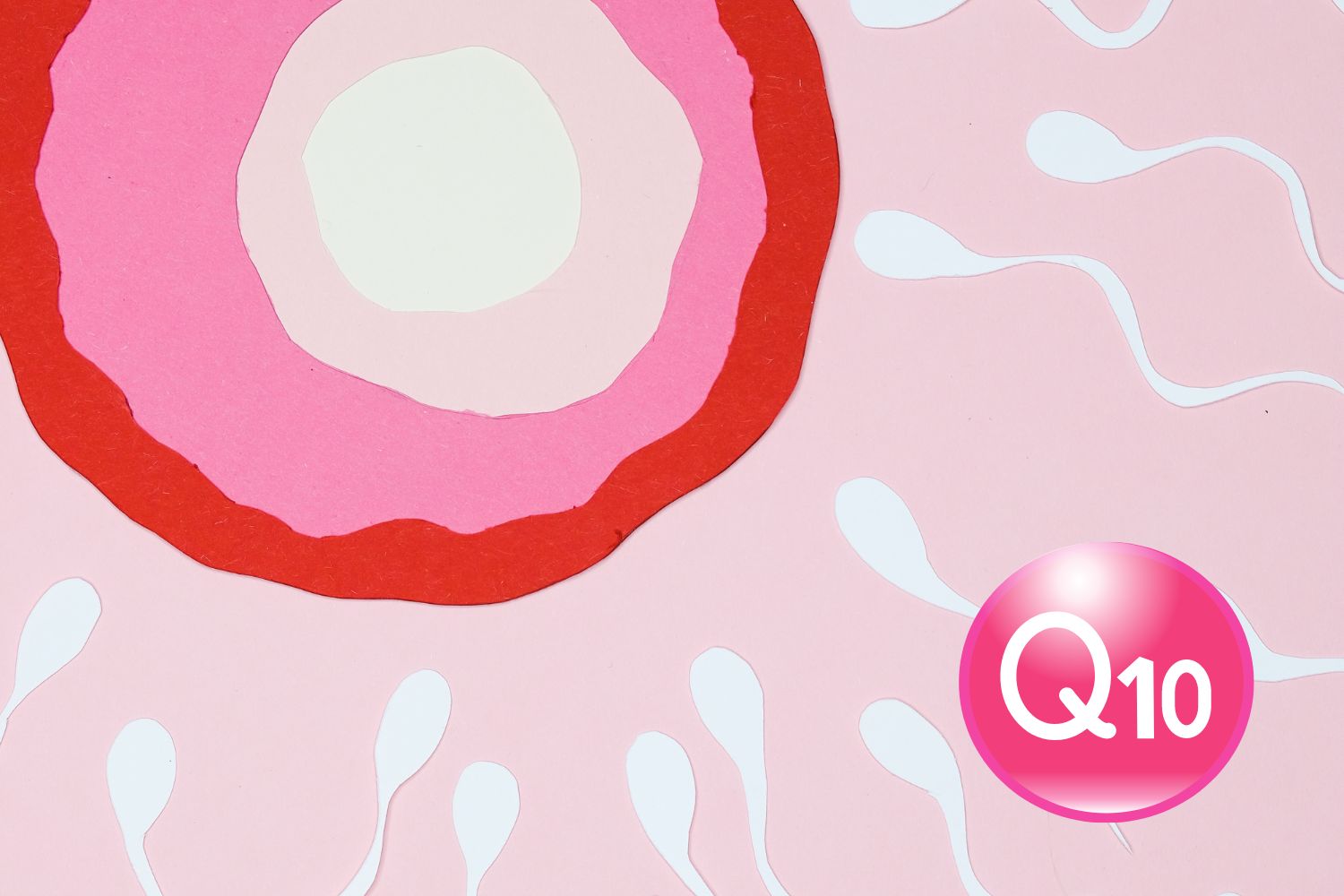Contents
What Exactly Is Secondary Infertility?
Secondary infertility is a type of infertility that occurs when a couple who have previously been able to conceive a child are unable to conceive again after trying for a year or more. It is called "secondary" because it occurs after the couple has already had at least one successful pregnancy.
Secondary infertility can be caused by a variety of factors, including age-related changes in fertility, medical conditions such as endometriosis or polycystic ovary syndrome (PCOS), hormonal imbalances, or lifestyle factors such as stress, poor nutrition, or excessive alcohol or drug use. In some cases, the cause of secondary infertility may be related to the previous pregnancy, such as scarring or damage to the reproductive organs.
Like primary infertility, secondary infertility can be a challenging experience for couples who are trying to conceive. It can cause feelings of frustration, disappointment, and sadness, and may require medical intervention or fertility treatments to overcome. If you are experiencing secondary infertility, it is important to speak with your healthcare provider to determine the underlying cause and explore your options for treatment.
What are the causes of Secondary infertility?
Secondary infertility is not solely caused by one of the partners; it may happen to anybody and is as prevalent as primary fertility; there is no one precise explanation that can be declared and claimed by everyone.
Around one-third of instances are caused by women, while the other one-third is caused by males. In the remaining one-third of cases, the etiology is a mix of circumstances or is unknown.
Secondary infertility can be caused by a variety of factors:
The causes of secondary infertility in women can vary, but some of the most common causes include:
1. Age-related factors
As a woman gets older, her fertility declines, and the quality and quantity of her eggs decrease, which can make it more difficult to conceive.
2. Ovulation disorders
Disorders that affect ovulation, such as polycystic ovary syndrome (PCOS), can cause irregular or absent ovulation, which can make it difficult to conceive.
3. Endometriosis
Endometriosis is a condition where tissue similar to the lining of the uterus grows outside the uterus. This can cause inflammation and scarring, which can interfere with fertility.
4. Tubal factors
Blockages or damage to the fallopian tubes, often caused by pelvic inflammatory disease (PID), can prevent the egg from reaching the uterus or the sperm from reaching the egg, which can cause infertility.
5. Uterine factors
Abnormalities in the uterus, such as fibroids or adhesions, can interfere with implantation and cause infertility.
6. Changes in cervical mucus
Changes in the consistency or amount of cervical mucus can make it difficult for sperm to reach the egg, which can cause infertility.
7. Previous reproductive surgeries
Surgeries such as C-sections, myomectomies, or tubal ligation can cause scar tissue, which can interfere with fertility.
8. Other medical conditions
Medical conditions such as thyroid disorders, autoimmune diseases, and diabetes can also affect fertility.
Secondary Infertility in Men

The causes of secondary infertility in men can vary, but some of the most common causes include:
1. Low sperm count
A low sperm count (oligospermia) can reduce the chances of fertilization and lead to infertility.
2. Poor sperm motility
Poor sperm motility (asthenospermia) can also affect the ability of sperm to reach and fertilize an egg.
3. Abnormal sperm shape
Abnormal sperm shape (teratozoospermia) can make it difficult for sperm to penetrate the egg and cause infertility.
4. Varicocele
Varicocele is a condition where the veins in the scrotum become enlarged, leading to decreased sperm count and motility.
5. Hormonal imbalances
Hormonal imbalances, such as low levels of testosterone or high levels of prolactin, can affect sperm production and lead to infertility.
6. Sexual dysfunction
Erectile dysfunction or premature ejaculation can make it difficult to achieve pregnancy.
7. Infections
Infections such as chlamydia or gonorrhea can cause inflammation and scarring in the reproductive system, leading to infertility.
Symptoms of Secondary infertility
- Irregular menstrual cycles: Women may experience changes in their menstrual cycle, such as longer or shorter cycles or missed periods, which could indicate issues with ovulation.
- Changes in cervical mucus: Women may notice changes in the consistency or amount of cervical mucus, which can affect fertility.
- Painful intercourse: Women may experience pain during intercourse, which could indicate problems with the reproductive system.
- Erectile dysfunction: Men may have difficulty achieving or maintaining an erection, which could be a sign of a hormonal imbalance or other underlying health issues.
- Low sperm count: Men may have a low sperm count, which can make it more difficult to conceive.
- Abnormal semen analysis results: Men may have abnormalities in their semen analysis, such as low motility or abnormal morphology.
- Recurrent miscarriages: Couples may experience recurrent miscarriages, which could indicate underlying fertility issues in either partner.
It's important to note that many cases of secondary infertility have no obvious symptoms, and the only way to diagnose the condition is through fertility testing with a healthcare provider.
Fertility Support for Him & Her
Fertility support developed by experts. Osh Wellness Fertility supplements contain a blend of natural herbs and vitamins, including CoQ10, Shatavari, and Ashwagandha to gently restore hormonal balance and improve egg and sperm health.
Diagnosis and Treatment
Diagnosing secondary infertility typically involves a thorough medical history and physical exam, as well as fertility testing for both partners. Here are some of the common tests and procedures used to diagnose secondary infertility:
For women
Ovulation testing: This involves tracking ovulation to determine if and when an egg is being released.
Hormone testing: This involves blood tests to measure levels of hormones such as estrogen, progesterone, and luteinizing hormone (LH), which are important for ovulation and fertility.
Hysterosalpingogram (HSG): This is an X-ray test that uses dye to visualize the fallopian tubes and uterus to check for blockages or other abnormalities.
Transvaginal ultrasound: This test uses high-frequency sound waves to create images of the reproductive organs and check for any abnormalities.
For men
Semen analysis: This is a test that evaluates the quantity and quality of sperm in the semen.
Hormone testing: Blood tests can be used to measure levels of hormones such as testosterone, follicle-stimulating hormone (FSH), and luteinizing hormone (LH), which are important for sperm production and fertility.
Testicular ultrasound: This test uses high-frequency sound waves to create images of the testicles and check for any abnormalities.
Conclusion
Treatment for secondary infertility depends on the underlying cause, and may involve fertility medications, surgery, or assisted reproductive technologies (ART) such as in vitro fertilization (IVF) or intrauterine insemination (IUI). In some cases, lifestyle changes such as maintaining a healthy weight, reducing alcohol consumption, and quitting smoking may also be recommended. It's important to work closely with a healthcare provider to determine the most appropriate treatment plan for your specific situation.










